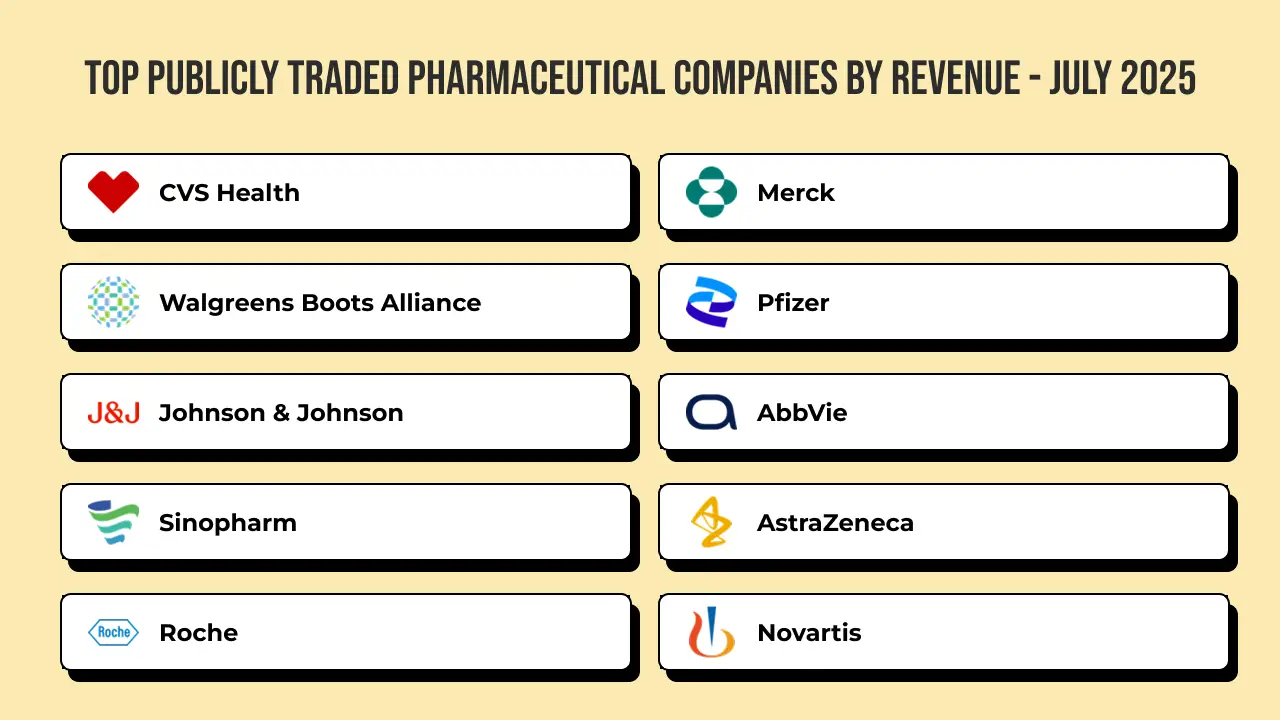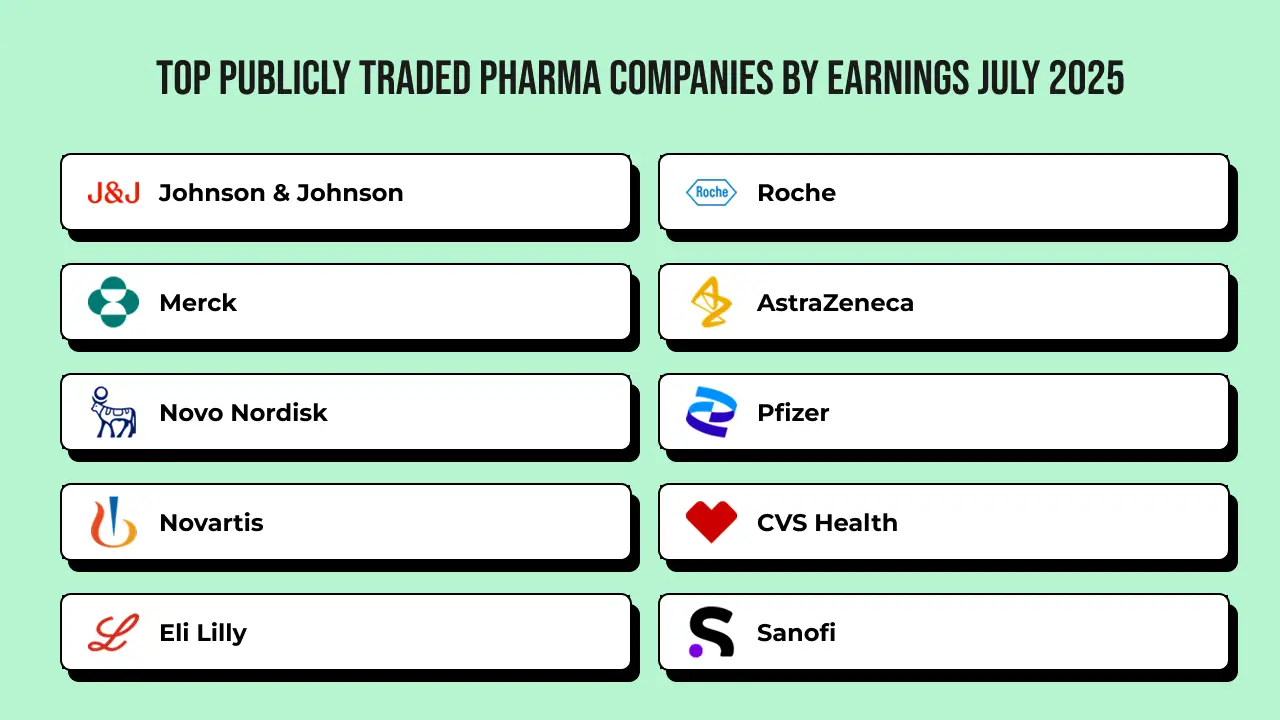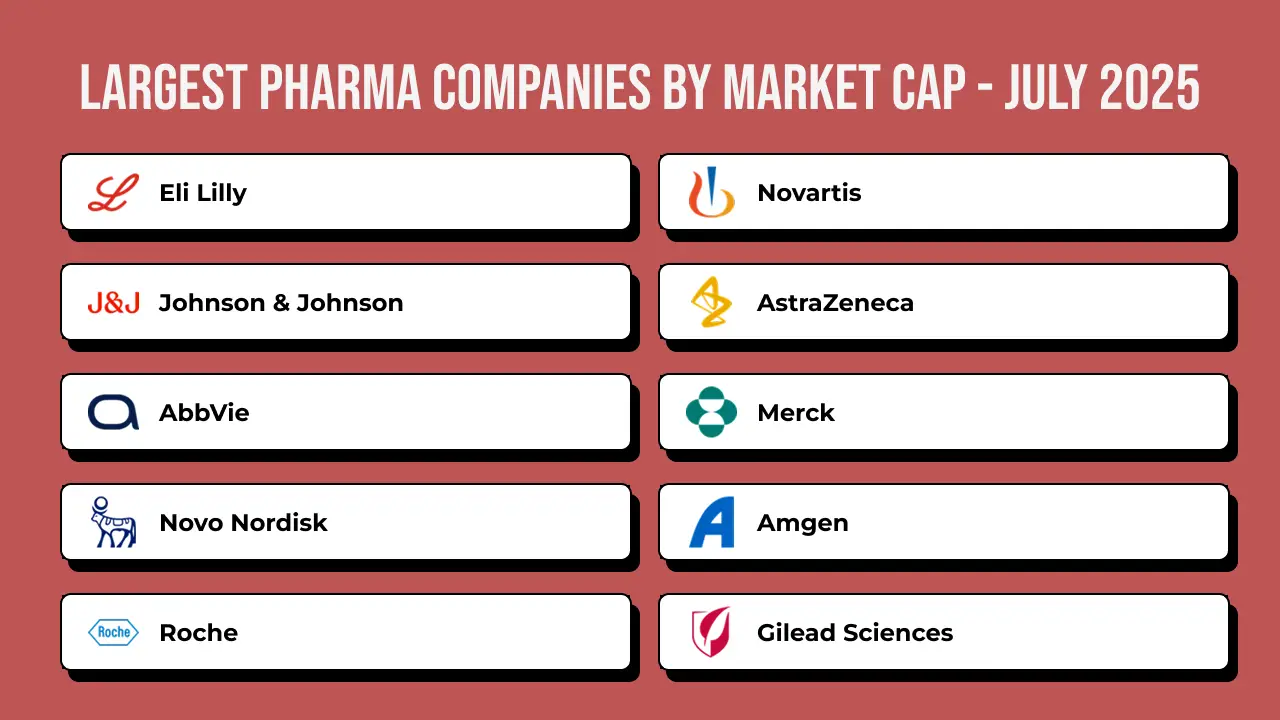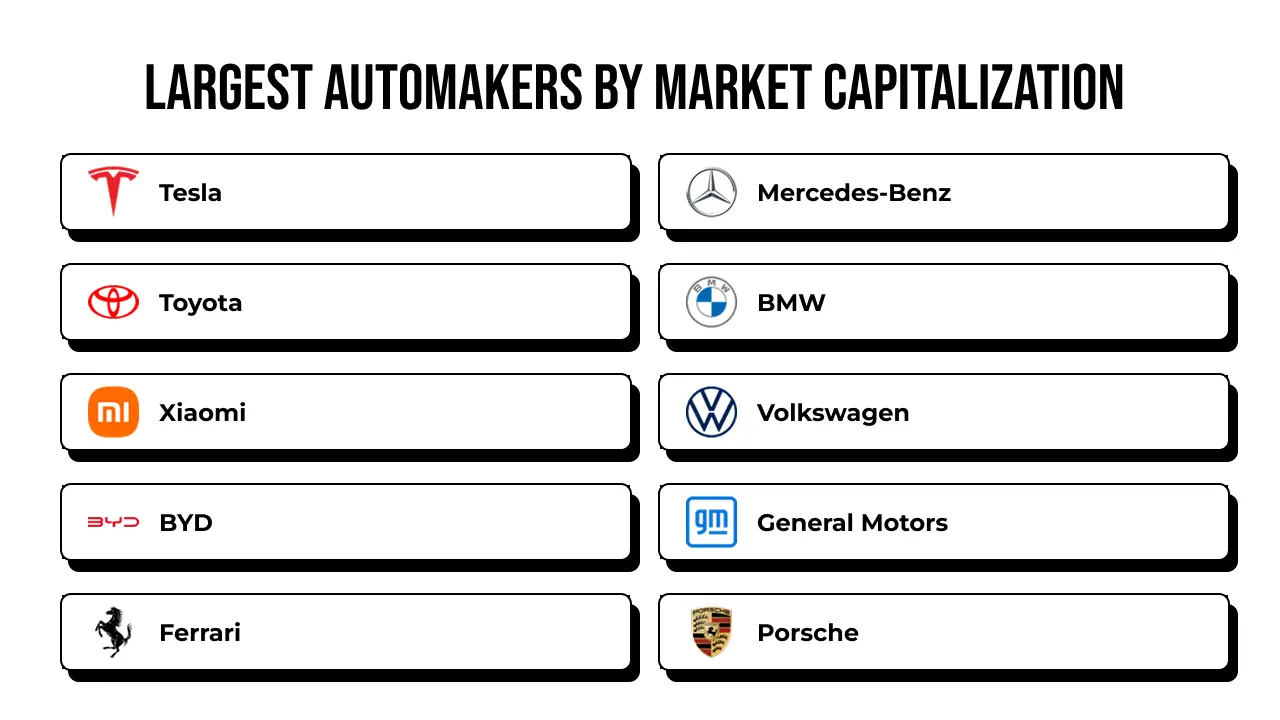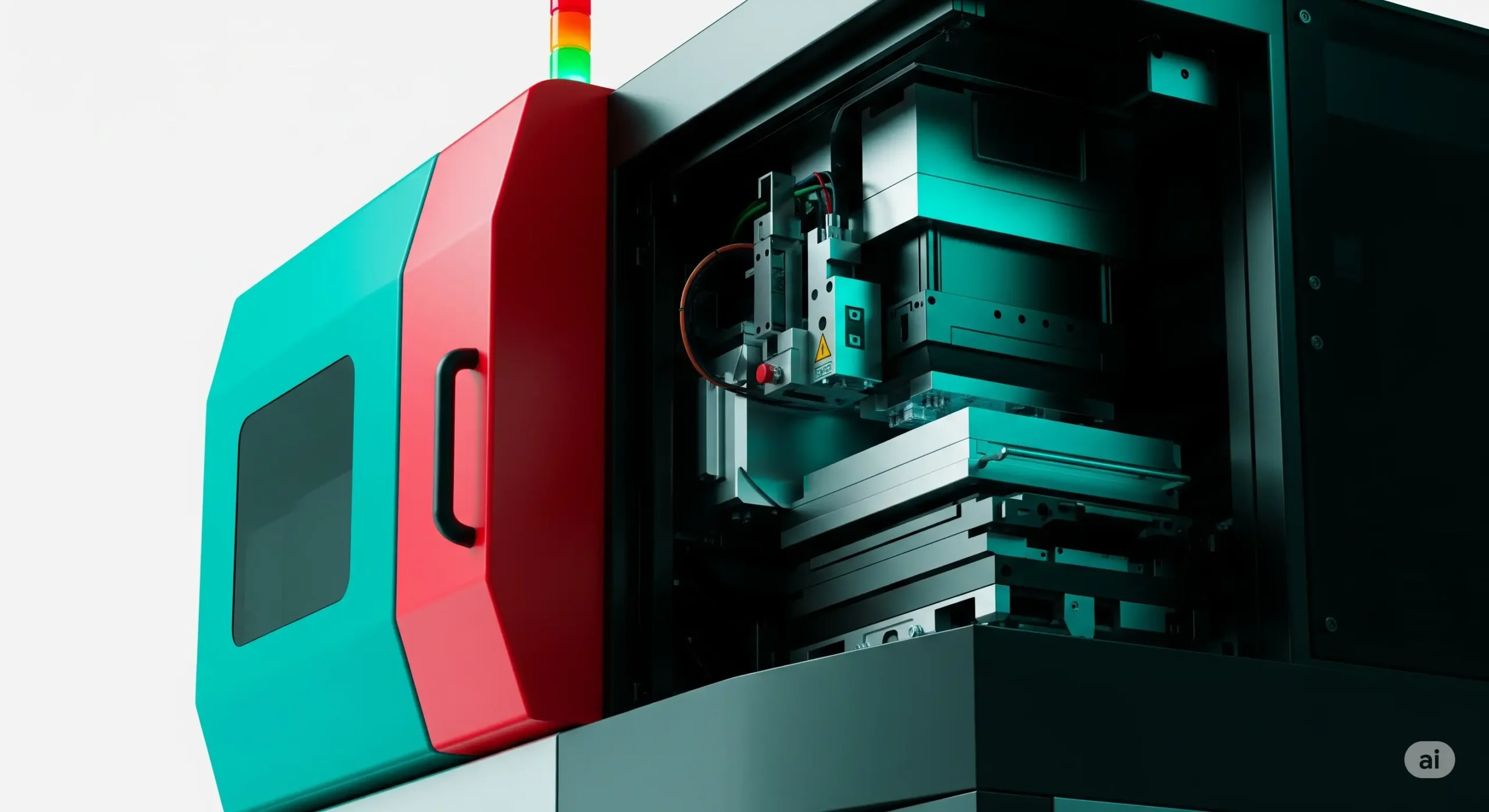The organ-on-chip market is rapidly transforming biomedical research by providing advanced platforms that mimic human organ functions. These microengineered systems replicate physiological environments, enabling precise drug testing and disease modeling. This article explores the market’s growth, applications, and future potential.
What Are Organ-on-Chip Systems?
Organ-on-chip (OOC) systems are microfluidic devices that simulate the physiological responses of human organs. These chips integrate living cells within a controlled environment to mimic tissue-level functions. According to a 2024 study from MIT, OOC systems enhance drug development accuracy by 30% compared to traditional cell cultures MIT News.
How Do Organ-on-Chip Systems Work?
OOC systems use microchannels lined with human cells to replicate organ-specific functions. For instance, lung-on-chip models mimic breathing through dynamic airflow, while liver-on-chip systems simulate metabolic processes. A 2023 Harvard study demonstrated that these systems predict drug toxicity with 85% accuracy, surpassing animal models Harvard Wyss Institute.
Why Is the Organ-on-Chip Market Growing?
The organ-on-chip market is projected to reach $1.1 billion by 2030, growing at a CAGR of 28.1% from 2023 to 2030, per a Grand View Research report Grand View Research. Key drivers include rising demand for personalized medicine, regulatory restrictions on animal testing, and advancements in microfluidics. Pharmaceutical companies, adopting OOC for drug screening, contribute 65% of market revenue.
What Are the Key Applications of Organ-on-Chip Technology?
OOC technology supports multiple applications:
- Drug Development: OOC systems reduce drug development costs by 20%, according to a 2024 Nature Biotechnology study, by identifying ineffective compounds early Nature Biotechnology.
- Disease Modeling: Chips simulating organs like the heart or kidney help study diseases such as cardiomyopathy or renal failure Explore our Disease Modeling Guide.
- Toxicology Testing: OOC platforms predict human-specific toxicity, improving safety assessments.
- Personalized Medicine: Patient-derived cells enable tailored therapies, with 15% of OOC applications focusing on individualized treatments in 2024.
What Are the Main Types of Organ-on-Chip Systems?
Several organ-specific chips dominate the market:
- Lung-on-Chip: Used for respiratory disease research and drug testing.
- Liver-on-Chip: Critical for studying drug metabolism and liver toxicity.
- Heart-on-Chip: Models cardiac functions for cardiovascular research.
- Multi-Organ Chips: Integrate multiple organ systems to study complex interactions, representing 25% of OOC applications in 2025.
A 2023 University of Oxford study noted that multi-organ chips enhance drug interaction predictions by 40% compared to single-organ systems Oxford Research.
Who Are the Key Players in the Organ-on-Chip Market?
Leading companies include Emulate, Inc., TissUse GmbH, and CN Bio Innovations. Emulate’s lung-on-chip platform, used by 70% of top pharmaceutical firms, exemplifies market leadership Emulate Inc.. These companies invest heavily in R&D, with global R&D spending on OOC reaching $320 million in 2024.
What Challenges Does the Organ-on-Chip Market Face?
Despite growth, challenges persist:
- High Costs: Developing OOC systems costs $100,000–$500,000 per prototype, limiting scalability.
- Technical Complexity: Integrating multiple cell types requires advanced engineering expertise.
- Regulatory Hurdles: Lack of standardized validation protocols delays adoption, with only 10% of OOC systems approved for regulatory use in 2025.
A 2024 Stanford study highlighted that standardization could increase market adoption by 35% by 2030 Stanford Medicine.
How Does Organ-on-Chip Technology Impact Drug Development?
OOC systems streamline drug development by reducing reliance on animal models, which fail to predict human outcomes in 50% of cases, per a 2023 Nature study Nature. They enable faster, more accurate testing, cutting development timelines by up to 18 months. For example, a kidney-on-chip model identified nephrotoxic drugs with 90% precision in a 2024 trial.
What Are the Benefits of Organ-on-Chip Over Traditional Methods?
OOC systems offer distinct advantages:
- Human Relevance: Mimic human physiology more accurately than animal models.
- Cost Efficiency: Reduce late-stage drug failures, saving $1–2 million per failed trial.
- Ethical Benefits: Minimize animal testing, aligning with EU regulations banning cosmetic animal testing since 2013 EU Regulation.
What Is the Future of the Organ-on-Chip Market?
The OOC market is poised for innovation. Advances in 3D bioprinting and AI integration are expected to enhance chip functionality. By 2030, 40% of OOC systems may incorporate AI for real-time data analysis, per a 2025 McKinsey report McKinsey Insights. Additionally, multi-organ chips could dominate, with applications in cancer research growing by 22% annually.
How Can Businesses Leverage Organ-on-Chip Technology?
Pharmaceutical firms can adopt OOC for early-stage drug screening to reduce costs. Academic institutions can use OOC for grant-funded research, with NIH allocating $50 million for OOC studies in 2024 NIH Grants. Biotech startups can develop niche chips, such as brain-on-chip models, to capture emerging markets Learn About Brain-on-Chip.
Conclusion
The organ-on-chip market is revolutionizing biomedical research with its ability to mimic human physiology. With a projected market size of $1.1 billion by 2030, OOC technology offers unparalleled opportunities for drug development, disease modeling, and personalized medicine. Despite challenges like high costs and regulatory hurdles, ongoing innovations ensure a promising future.


